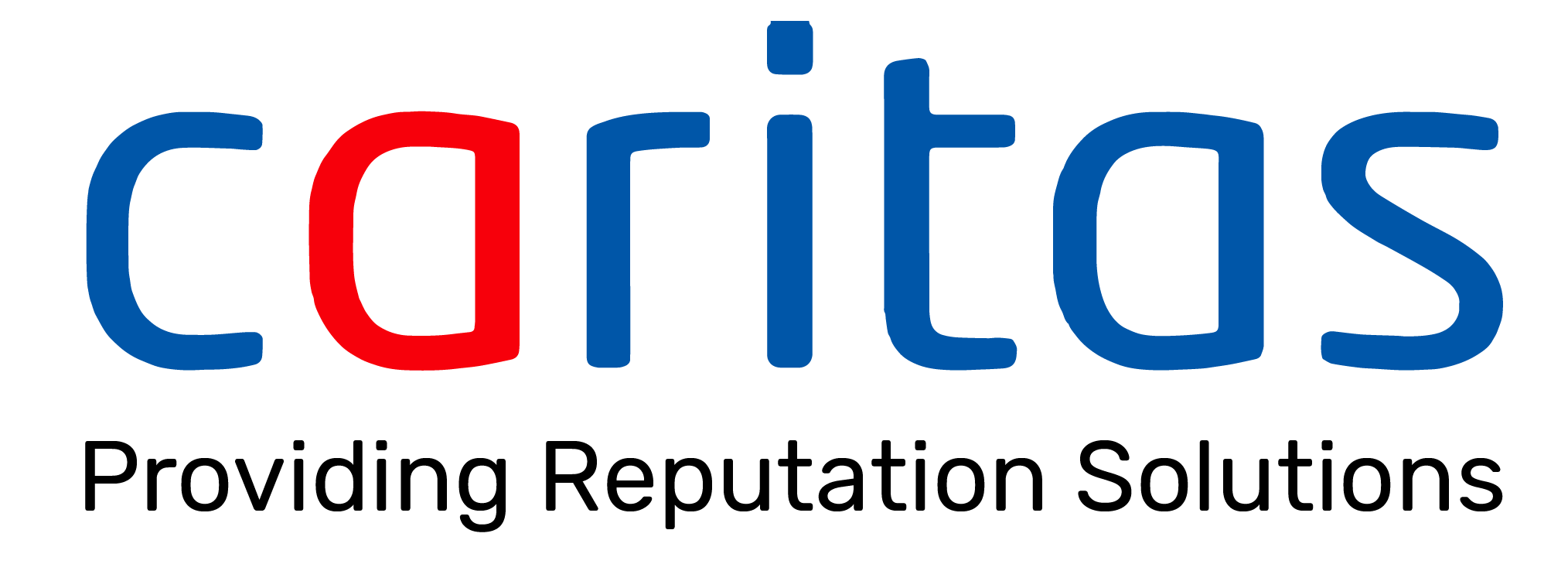In modern Public Relations, traditional media and new media have been employed actively to ensure the achievement of targeted objectives by organizations.
New Media involving the use of tools such as Facebook, Instagram, etc., often provides a perfect avenue for direct response campaigns. Within moments of circulating your business idea or information, consumers can acquaint themselves with the information and have their doubts allayed with direct information from the organization’s representatives.
The major factor that has kept traditional media relevant is the ability to build brand awareness. Although performance measurements are not as easily tracked by traditional media as they are with new media, the reception of messages on TV, print, and radio, often constitutes the brand’s first point of contact with the consumer.
By merging the advantages of both the new and traditional media, public relations can create very strong and engaging campaigns for organizations, thereby connecting them with their stakeholders and target audiences at multiple levels.
The combination of both forms of media helps to compensate for and suppress each other’s limitations. While the new media tend to be generally accepted, especially by the younger generation, it is very dangerous to totally replace the traditional channels with it. Different audiences and people are attracted to different techniques of messaging and communication.
Integration is the key to success. To maximize the impact of an organization’s communication, it is very imperative for Public Relations experts to utilize both new and traditional media. Digital and social media have unlocked new networks of communication, but there will always be room for traditional media.
In Public Relations, our unique weapon is using a blend of tools to amplify client communications. Innovative content and other new media are tremendous adjuncts – not substitutes for traditional media.

